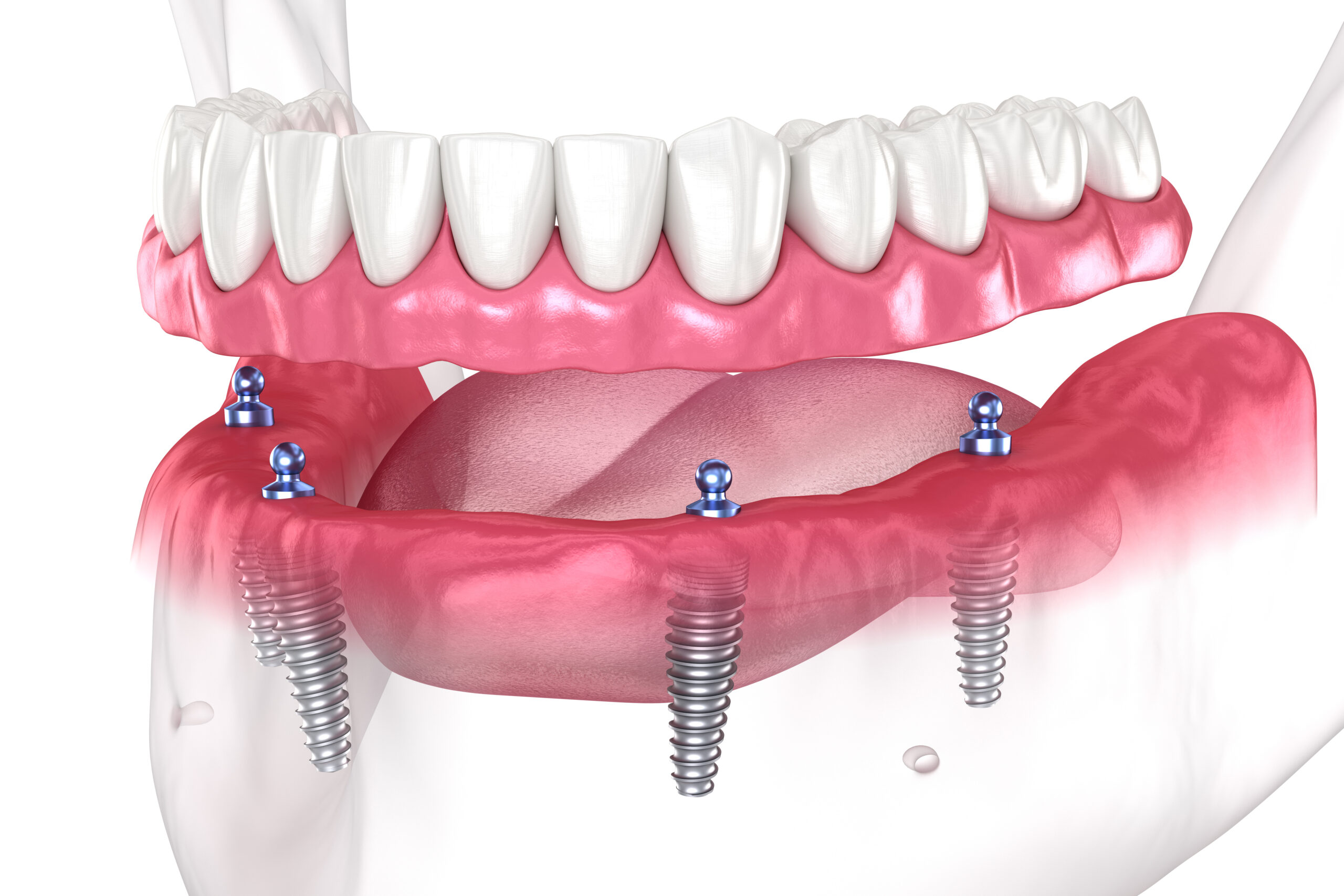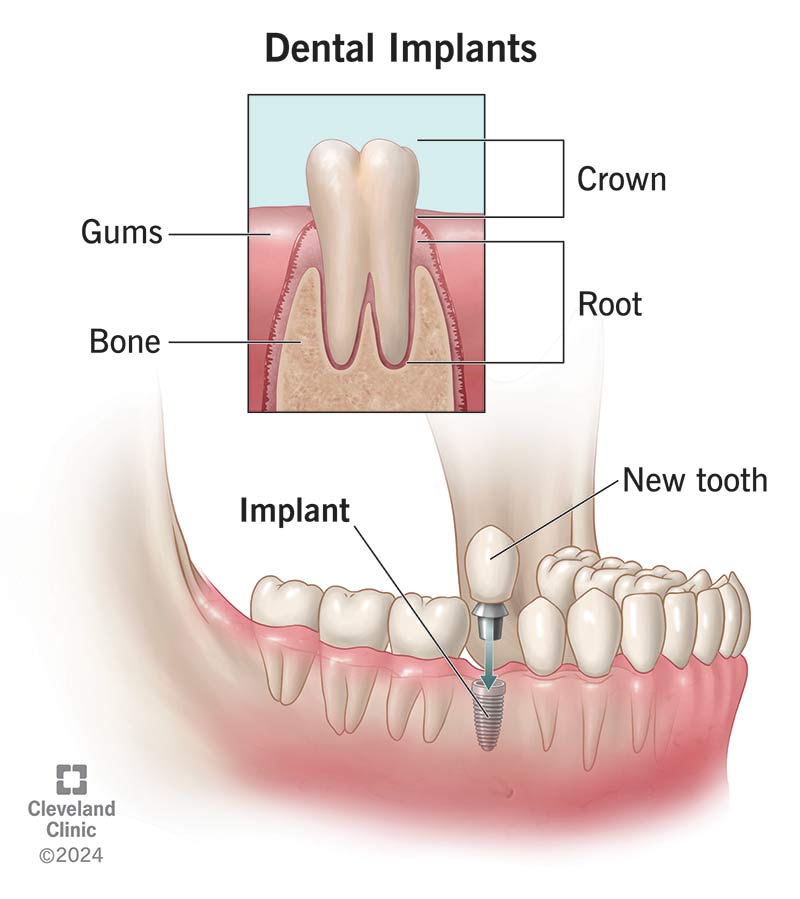7 Simple Techniques For Dental Sense
7 Simple Techniques For Dental Sense
Blog Article
The Ultimate Guide To Dental Sense
Table of ContentsSome Known Details About Dental Sense Our Dental Sense StatementsGetting The Dental Sense To WorkDental Sense for Beginners
are clinical tools surgically implanted into the jaw to recover a person's capability to chew or their look. They provide support for fabricated (fake) teeth, such as crowns, bridges, or dentures. When a tooth is lost as a result of injury or disease, a person can experience issues such as rapid bone loss, defective speech, or changes to chewing patterns that lead to pain.Oral implant systems contain a dental implant body and dental implant joint and may also consist of an abutment fixation screw. Dental veneers cost. The dental implant body is surgically put in the jawbone instead of the tooth's origin. The dental implant abutment is typically connected to the dental implant body by the joint addiction screw and prolongs with periodontals right into the mouth to sustain the attached artificial teeth
(https://blogfreely.net/dentalsense1/5eq6ue3fhs)Structure of The Dental Implant System choosing dental implants, speak with your oral service provider concerning the possible advantages and risks, and whether you are a prospect for the procedure. Things to consider: Your total health is an essential consider determining whether you are a good candidate for oral implants, exactly how long it will require to heal, and the length of time the implant might remain in location.
Smoking cigarettes might impact the recovery procedure and decrease the long-lasting success of the implant. The recovery process for the implant body may take several months or longer, during which time you usually have a momentary abutment in area of the tooth. the dental implant procedure: Very carefully comply with the oral health guidelines offered to you by your oral provider.
Dental Sense Can Be Fun For Anyone
Implant failing can cause the need for one more surgery to deal with or change the dental implant system. Brings back the ability to eat Recovers aesthetic appearance Helps keep the jawbone from shrinking due to bone loss Preserves the health and wellness of the surrounding bone and gums Helps maintain nearby (neighboring) teeth steady Enhances high quality of life Damages to surrounding natural teeth throughout dental implant placement Injury to the surrounding tissues throughout surgical treatment, such as sinus perforation Injury throughout surgical procedure (for instance, fracture of bordering jawbone) Inadequate function, such as seeming like the teeth do not bite together usually A feeling that the tooth is loosened or turning in area resulting from a joint screw loosening up Implant body failing (looseness of the dental implant body) because of systemic infection, which may be extra likely in clients with uncontrolled diabetes mellitus because of neighborhood infection in bone and gums sustaining the dental implant body as a result of postponed recovery, which might be much more likely in patients who smoke Difficulty cleansing the gums around the implant, leading to poor dental hygiene Untreated periodontal illness Post-surgical tingling as a result of nerve impingement or damage Constantly inform health treatment companies and imaging professionals that you have oral implants before any kind of magnetic vibration imaging (MRI) or x-ray procedures.
FDA is not familiar with any damaging events reported for MRI or x-ray procedures with dental implants. Oral implants systems are normally constructed from products that comply with worldwide agreement standards of the International Organization for Standardization (ISO) or ASTM International. These standards have information of what makes a risk-free product.

An oral implant is a framework that changes a missing out on tooth. With screw-like gadgets, the surgeon inserts a dental implant right into the jawbone, and it serves as an anchor for a synthetic tooth, called a crown. A device called an abutment links the man-made tooth to the dental implant. The crown is custom-made to fit the individual's mouth and match the shade of their teeth.
Getting The Dental Sense To Work
Some individuals are not eligible for oral implant surgical treatment. It is for dental surgeons to run on individuals with: acute illnessuncontrollable metabolic diseasebone or soft cells condition or infectionIf these issues are solved, a person can have the surgical procedure. In, dental cosmetic surgeons avoid operating people with: If individuals with any one of the above go through oral implant surgical treatment, there why not try these out is a greater threat of the dental implant stopping working.

Dental implant surgical treatment is a personalized procedure. It's not the very same for everyone. However the adhering to offers a basic review of what you can expect your dental practitioner, oral specialist, periodontist or prosthodontist to do: Place the implant operatively. Provide you time to heal. Connect the article and last crown, bridge or denture.
Next off, your cosmetic surgeon will carefully put the oral implant right into your jaw. If your implant is near the front of your mouth, your dental practitioner will certainly make a short-term tooth for you to put on up until you recover.
Dental Sense Fundamentals Explained
During the recovery phase, your jawbone ought to fuse to the dental implant. This process can take anywhere from 3 to nine months.
As soon as your dental implant heals, your dental practitioner can attach the joint (little port post) and your final restoration (crown, bridge or denture). This typically takes about one hour to complete and may require a second minor surgical procedure. You should not feel any kind of discomfort during your dental implant treatment since your company will certainly utilize drug to numb your periodontals.
Report this page